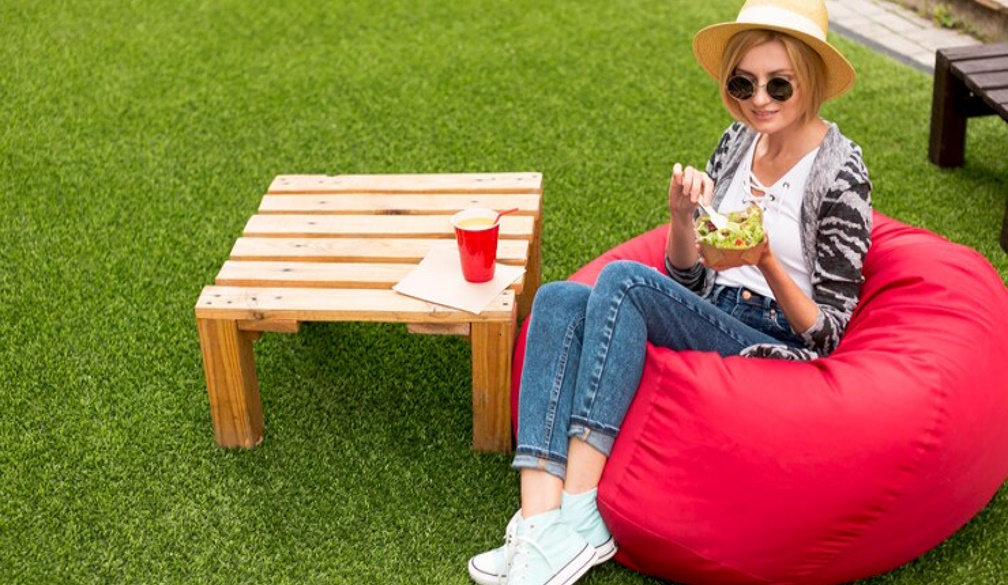The Ultimate Guide to Fake Grass for Homeowners

Fake grass, also known as artificial turf or synthetic grass, has been gaining popularity among Australian homeowners in recent years. So, this article will give some comprehensive information and advice on this trend, helping you decide whether it's the right choice for your home.
What is Fake Grass?
Fake grass is a synthetic alternative to natural grass, made from materials such as polypropylene, polyethylene, or nylon. Advancements in technology have led to more realistic-looking and feeling fake grass, making it an attractive option for many homeowners.
Benefits of Fake Grass for Australian Homeowners
- Low maintenance: Fake grass requires minimal upkeep compared to natural lawns, saving you time and effort.
- Water conservation: In drought-prone areas of Australia, like Sydney, artificial grass helps conserve water by eliminating the need for regular watering.
- Durability: High-quality grass can withstand heavy foot traffic and extreme weather conditions, lasting for years with proper care.
- Aesthetics: It maintains a lush, green appearance year-round, enhancing the overall look of your property.
- Pet-friendly: Most options are pet-friendly and hypoallergenic, making them suitable for households with furry friends.
- Versatility: Fake grass can be installed on lawns, poolsides, balconies, and other outdoor spaces.
Factors to Consider When Choosing Fake Grass
When selecting fake grass for your home, consider the following factors:
|
Factor |
Description |
|
Quality and durability |
Opt for high-quality fake grass that can withstand wear and tear. |
|
Pile height and density |
Choose a pile height and density that suits your preferences and intended use. |
|
Colour and texture |
Select a colour and texture that closely resembles natural grass. |
|
Infill materials |
Consider the type of infill material used, as it affects the look and feel of the grass. |
|
Drainage capabilities |
Ensure the fake grass has adequate drainage to prevent water pooling. |
|
Environmental considerations |
Look for eco-friendly options, such as those made from recycled materials. |
Installation Process
Installing fake grass usually involves the following steps:
- Prepare the base surface by removing existing grass, weeds, and debris.
- Lay and secure the fake grass using adhesive or nails.
- Apply infill material to help the grass blades stand upright and provide a more natural feel.
- Add finishing touches, such as edging or joining tape, to ensure a seamless appearance.
You can choose to install fake grass yourself or hire a professional landscaper in your area for a more polished result.
Maintenance and Care
While fake grass requires less maintenance than natural lawns, regular care is still necessary to keep it looking its best:
- Clean and brush the grass regularly to remove debris and maintain its appearance.
- Address stains and spills promptly to prevent permanent damage.
- Avoid placing heavy objects or furniture on the grass for extended periods to prevent flattening.
High-quality fake grass can last up to 15-20 years with proper maintenance.
Cost Comparison: Fake Grass vs. Natural Lawn
The initial installation cost of fake grass is generally higher than that of a natural lawn. However, long-term maintenance expenses, such as water, fertiliser, and mowing, are significantly lower for fake grass. Over time, the savings on maintenance can offset the higher upfront cost, making fake grass a cost-effective choice for many Australian homeowners.





